1. Introduction: Exploring the Cultural Significance of Beverages and Gaming
Throughout human history, cultural artifacts such as beverages and games have served as profound reflections of societal values, beliefs, and identities. These elements are not merely forms of entertainment but are embedded with symbolic meanings that connect communities across generations. Beverages—ranging from sacred elixirs to everyday fermented drinks—and traditional games often mirror the spiritual, social, and political fabric of ancient civilizations.
The intertwined nature of history, mythology, and entertainment reveals a rich tapestry where ancient rituals influence modern recreational practices. Recognizing these connections allows us to appreciate how modern gaming and cultural symbols have roots deeply embedded in our collective past.
2. Historical Roots of Ancient Beverages and Their Cultural Roles
a. Overview of ancient beverages: from gold staters to ceremonial drinks
Ancient civilizations crafted a variety of beverages that held social, religious, and political significance. For example, the use of gold coins—such as the famous gold staters minted under Alexander the Great—symbolized wealth and authority. Similarly, ceremonial drinks like the Sumerian beer or Egyptian wine served as offerings to gods or as part of royal rituals, emphasizing their societal importance.
b. Examples of ancient beverages: elixirs, fermented drinks, and their societal importance
Elixirs such as the Greek ambrosia or the Chinese wine were believed to confer divine qualities or immortality, reinforcing their mythological status. Fermented drinks like mead, beer, and wine fostered communal bonding during festivals and rituals, often viewed as sacred or auspicious.
c. The influence of ancient beverage rituals on modern cultural practices
Many contemporary traditions trace their origins to ancient rituals involving beverages. Toasting rituals during celebrations and the ceremonial sharing of drinks continue practices rooted in ancient societal values, exemplifying a cultural continuity that persists through millennia.
3. The Evolution of Entertainment: From Traditional Games to Modern Gaming
a. Early forms of entertainment linked to social and ritualistic activities
Ancient societies engaged in games that often served ritualistic or social purposes. The Royal Game of Ur, Senet in Egypt, and board games in China exemplify early forms of entertainment intertwined with spiritual beliefs and societal bonding. These activities reinforced social hierarchies and cultural myths.
b. Technological advancements transforming gaming: from physical to digital
With technological progress, gaming evolved from physical artifacts and physical activities to digital interfaces. The advent of computers and consoles has expanded the scope of gaming, making it accessible globally and allowing complex narratives rooted in cultural myths to flourish.
c. The role of gaming in cultural identity and community building
Modern gaming fosters a sense of community and cultural identity, often drawing on historical themes, mythologies, and artifacts. Multiplayer games and online platforms enable players worldwide to share cultural stories and symbols, strengthening cultural bonds in a digital age.
4. Bridging Ancient and Modern: The Symbolism and Cultural Continuity
a. How ancient symbols and themes appear in modern gaming narratives
Symbols like the laurel wreath, mythological creatures, and divine figures frequently appear in contemporary games, serving as visual links to ancient traditions. These symbols evoke cultural memory and lend authenticity to storytelling, enriching players’ experience.
b. Case study: The influence of ancient mythology in contemporary video games
Games such as Le Zeus incorporate Greek mythology, featuring gods, mythical beasts, and legendary stories. Such integration helps preserve mythological narratives, making them accessible and engaging for modern audiences.
c. The role of artifacts like Le Zeus in representing cultural heritage in modern media
“Artifacts and symbols in modern media serve as bridges connecting us to our ancestral roots, transforming cultural heritage into contemporary entertainment.”
5. Modern Gaming as a Reflection of Ancient Cultural Values
a. The use of mythological characters and stories to instill cultural pride
Many modern games utilize mythological characters to foster a sense of pride and belonging. Heroic figures and divine beings serve as archetypes that embody virtues valued in different cultures, promoting moral lessons through gameplay.
b. Examples of modern games referencing ancient history and artifacts
Titles like Assassin’s Creed and God of War are rich in historical and mythological references, immersing players in worlds inspired by ancient civilizations and artifacts. These references function both educationally and culturally, keeping history alive.
c. The educational potential of games in preserving and transmitting cultural knowledge
Educational games and interactive narratives help transmit cultural knowledge to new generations, making history and mythology accessible and engaging. This interactive approach enhances understanding and appreciation of cultural heritage.
6. Technological and Cultural Parallels: From SHIFT Hotkeys to Lightning Speed
a. The evolution of user interfaces and controls in gaming—drawing from historical tech shifts
The development from mechanical controls to intuitive hotkeys and touch interfaces reflects technological progress. Historically, innovations like the shift key or the introduction of controllers have influenced how players interact with games, paralleling broader technological shifts.
b. Non-obvious analogy: Lightning’s speed and the rapid response times in modern gaming—blending natural phenomena with technological progress
Lightning, a natural phenomenon characterized by instantaneous energy release, symbolizes speed and power. Modern gaming strives for similar immediacy, with response times measured in milliseconds, creating a seamless experience that echoes the natural intensity of lightning—an analogy that underscores how natural phenomena inspire technological advancements.
7. Cultural Significance of Beverages in Gaming Lore and Identity
a. In-game beverages as symbols of status, tradition, or mythology
In many games, beverages serve as symbols of wealth, tradition, or divine favor. Rare elixirs or sacred drinks can confer advantages, symbolize social standing, or embody mythological themes—mirroring ancient practices where drinks were central to rituals and social hierarchies.
b. The example of Le Zeus: a modern beverage inspired by ancient mythology and its integration into gaming culture
Le Zeus exemplifies how modern beverages can draw inspiration from ancient stories, becoming part of gaming lore. Such products symbolize the enduring influence of mythological themes and demonstrate how contemporary culture continues to embed ancient symbolism into daily life and entertainment.
8. Unexpected Connections: Ancient Economics and Modern Gaming Economies
a. The minting of gold staters under Alexander the Great as an early form of currency—parallels with in-game currencies and economies
Ancient economies relied heavily on coinage, such as the gold staters, which facilitated trade and represented wealth. Modern virtual economies in gaming replicate this system through in-game currencies, allowing players to buy, sell, and trade items—paralleling historical trade practices and economic principles.
b. How understanding ancient trade and minting enriches comprehension of modern virtual economies
Studying ancient minting and trade helps us grasp the foundational principles of currency, value, and economic exchange. Applying this knowledge to virtual economies enhances our understanding of in-game transactions and the significance of digital currencies in contemporary society.
9. Deep Dive: The Role of Artifacts and Symbols in Cultural Transmission
a. The significance of ancient artifacts in shaping modern cultural identity
Artifacts like pottery, statues, and inscriptions serve as tangible links to our ancestors, embodying their beliefs, artistry, and societal structures. Preserving and studying these objects fosters a sense of identity and continuity across generations.
b. How games incorporate ancient symbols to create immersive experiences
Video games often embed symbols such as runes, mythological motifs, or ancient relics to deepen immersion. These elements act as cultural signifiers, enriching narratives and fostering a connection between players and historical traditions.
10. Conclusion: The Ongoing Cultural Dialogue Between Past and Present
The intricate relationship between ancient beverages, artifacts, and modern gaming illustrates a continuous dialogue that preserves and transforms cultural heritage. Recognizing these links enhances our appreciation of contemporary entertainment as a vessel for cultural transmission.
As technology advances, this connection is poised to deepen. Virtual reality, augmented reality, and AI-driven narratives promise immersive experiences that further bridge the ancient and modern worlds, ensuring that cultural identities remain vibrant and relevant in the digital age.
In embracing these evolving forms, we honor our heritage while inspiring new generations to explore, understand, and celebrate the rich cultural legacy that shapes us all.


